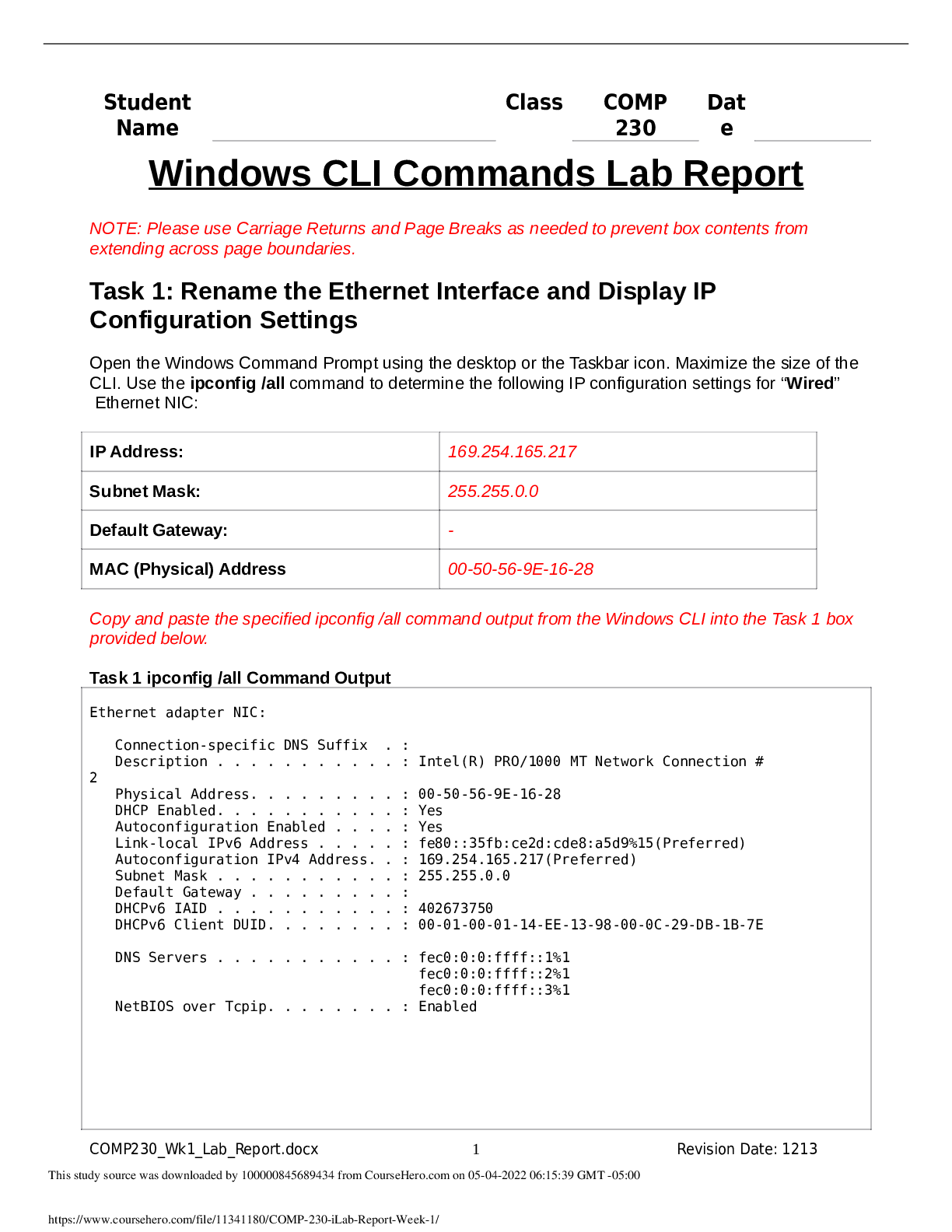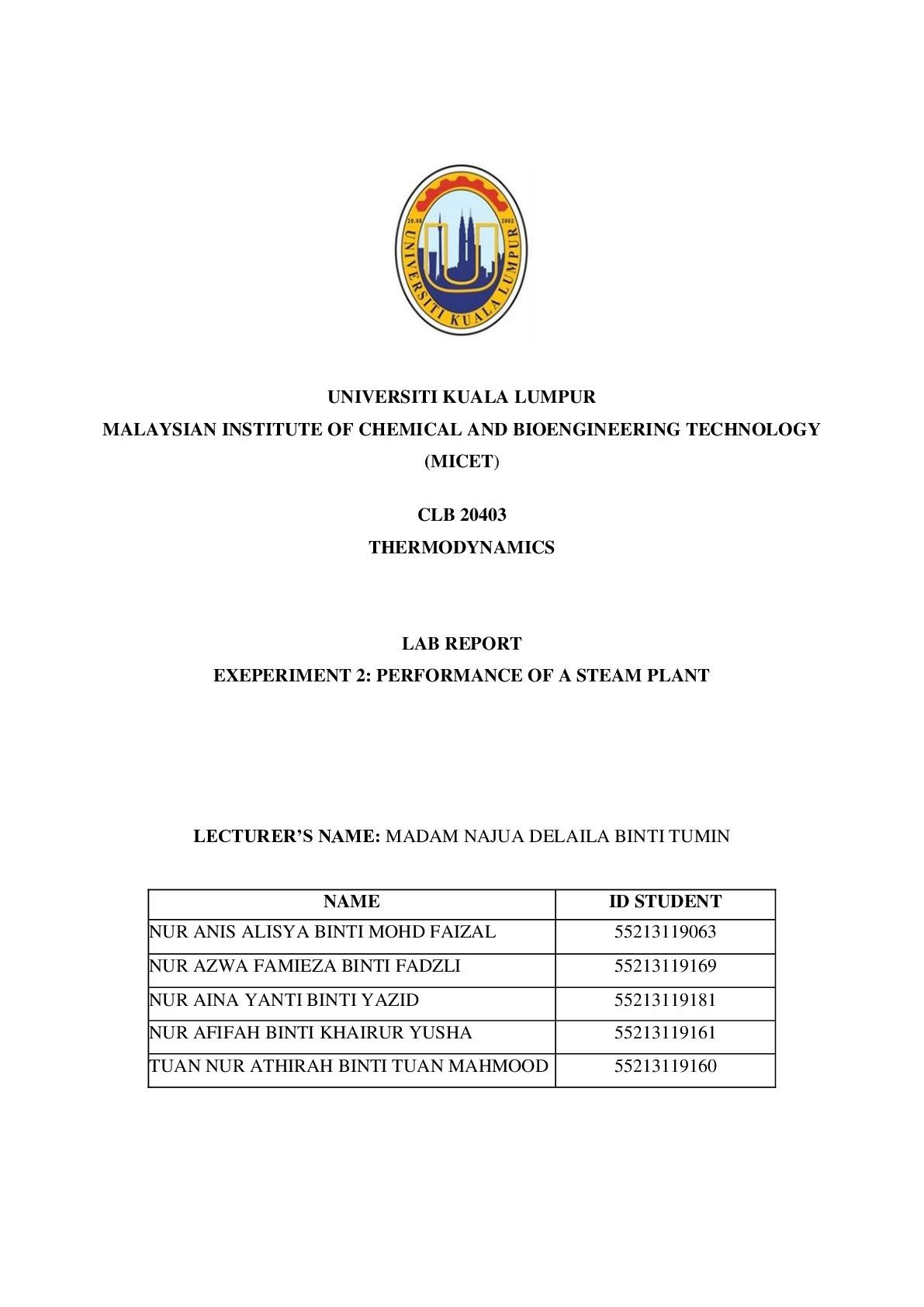Biology > Lab Report > LAB 3 Cell Energetics FORMAL LAB REPORT Carleton University BIOL 1103 (All)
LAB 3 Cell Energetics FORMAL LAB REPORT Carleton University BIOL 1103
Document Content and Description Below
Cell Energetics: Enzyme Role in Biological Reactions Name: Ece Cansu Tan Student Number: 100945314 Lab Partner’s Name: Hadil Sayed Course Code: BIOL 1103 Lab Section: Tuesday AM This study so... urce was downloaded by 100000851296032 from CourseHero.com on 11-01-2022 13:52:58 GMT -05:00 https://www.coursehero.com/file/12094787/LAB-3-Cell-Energetics-FORMAL-LAB-REPORT/ Introduction: Enzymes are proteins that are important for many biological processes to sustain life and they act as catalysts in biological reactions to speed up the rate of the reaction by lowering the activation energy. The enzyme remains unaltered during the reaction and is free to repeat the process with new substrate molecules (Biology Department, 2014). As a result, one enzyme molecule can convert many molecules into many product molecules (Biology Department, 2014). The fastest reactions include reactions catalyzed by enzymes. In absence of enzymes, these same reactions are among the slowest that have ever been measured, some with halftimes approaching the age of Earth. (Wolfenden&Snider, 2001). It is very important to understand their biological role, because many vital processes depend on enzyme’s activity such as cells in humans’ body contain many different enzymes, and their activities are important for cells to survive. In the enzyme-catalyzed reaction, the rate of reaction is measured as the amount of substrate converted to product per unit time (Biology Department, 2014). Since binding of the substrate to the enzyme is a random event resulting from chance collisions between the two, the rate of the reaction depends on concentration of each of these two molecules in the reaction. (Biology Department, 2014). When the concentration of the enzyme is constant, the reaction rate increases as the concentration of substrate increases. As well as when substrate concentration is constant, the rate of reaction increases as the enzyme concentration increases. Other factors such as pH and temperature can also affect the rate of the reaction (Biology Department, 2014). At high temperatures as the [Show More]
Last updated: 1 year ago
Preview 1 out of 7 pages

Reviews( 0 )
Document information
Connected school, study & course
About the document
Uploaded On
Nov 01, 2022
Number of pages
7
Written in
Additional information
This document has been written for:
Uploaded
Nov 01, 2022
Downloads
0
Views
67

.png)





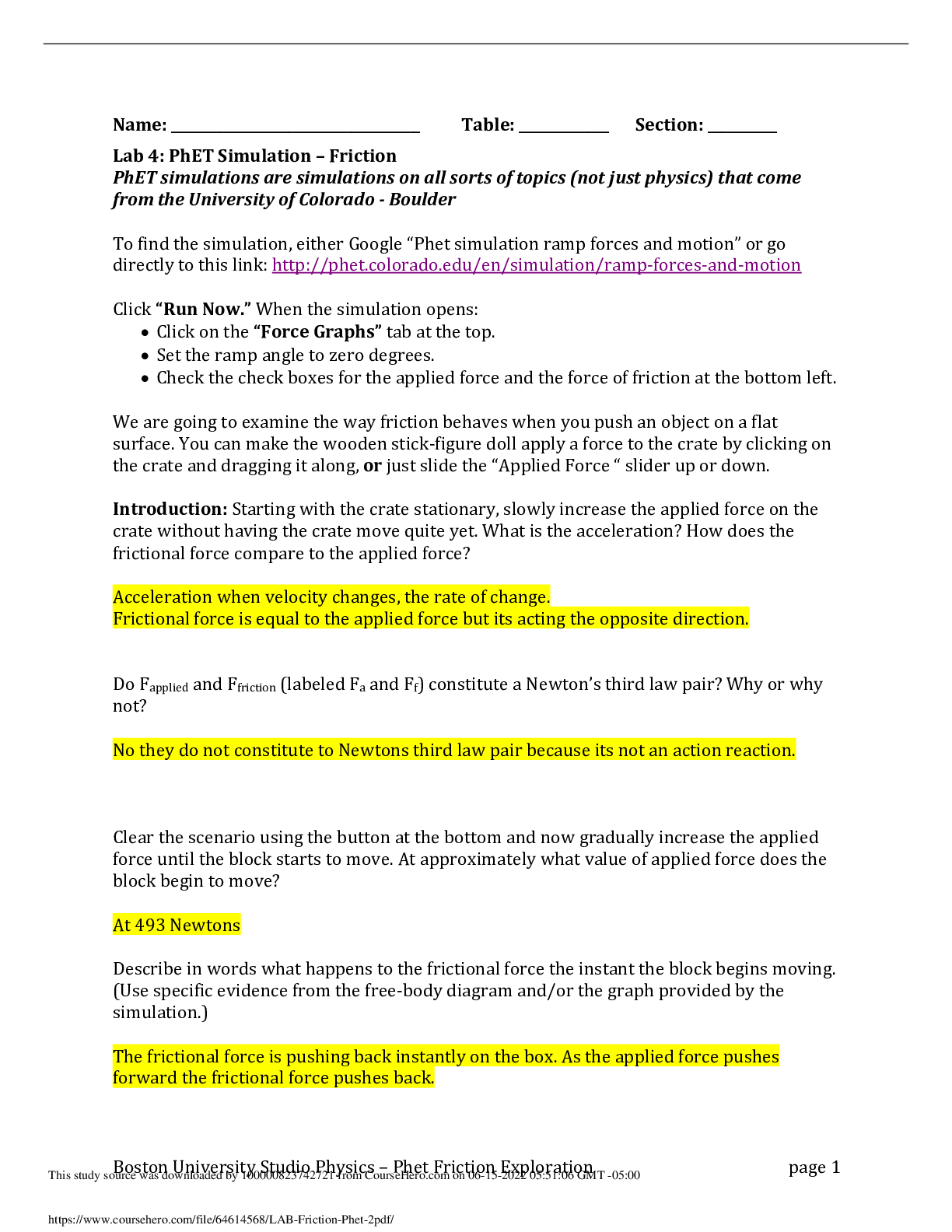

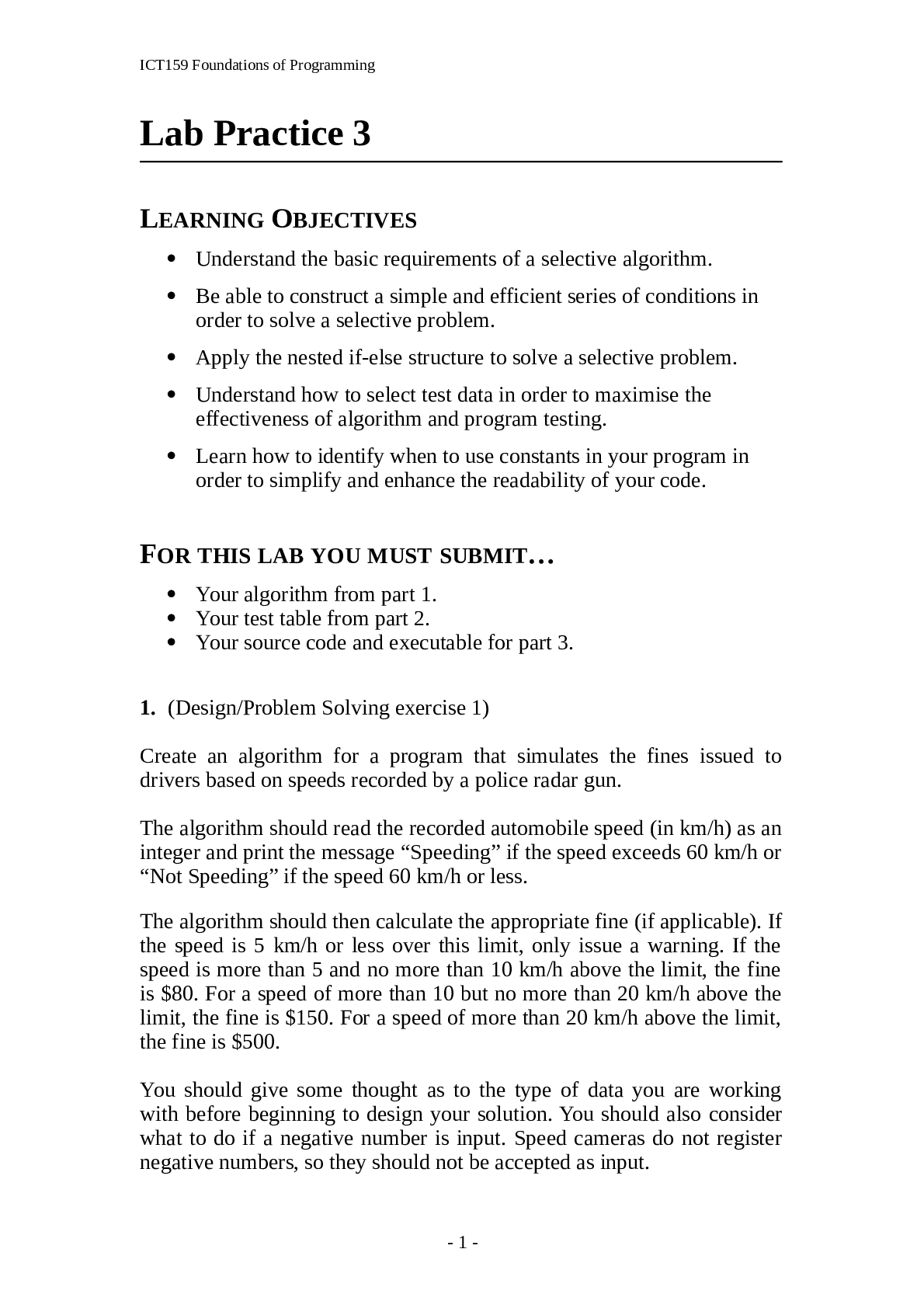


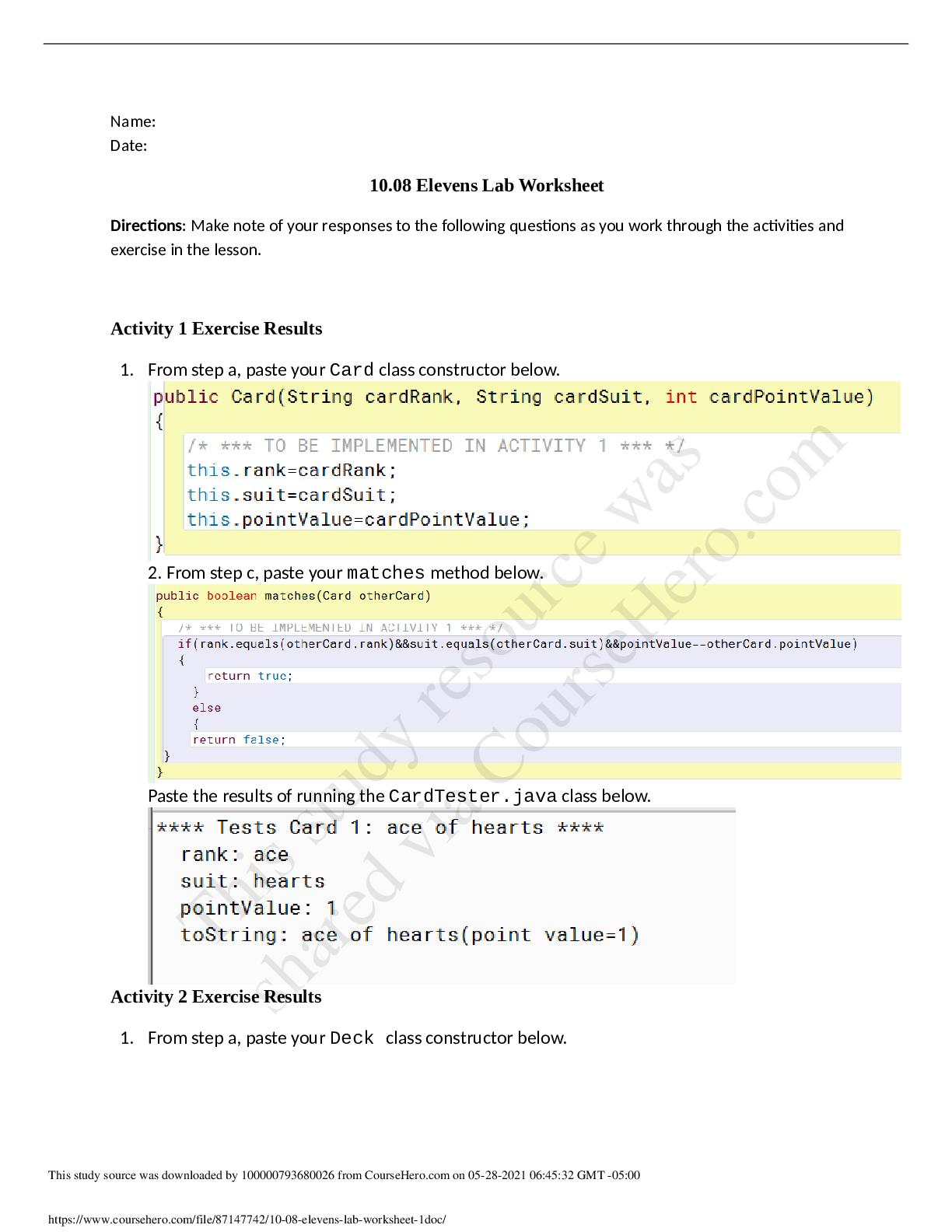
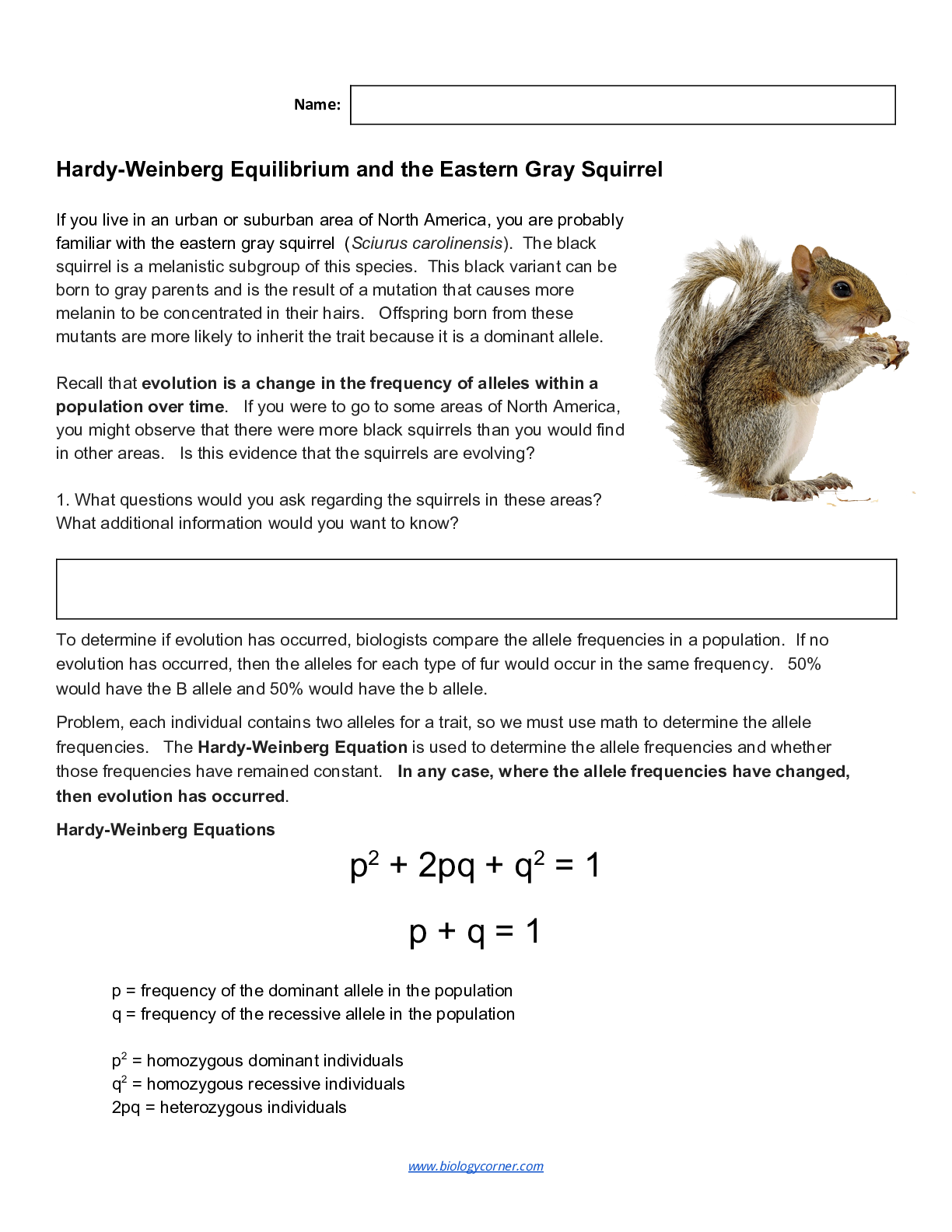


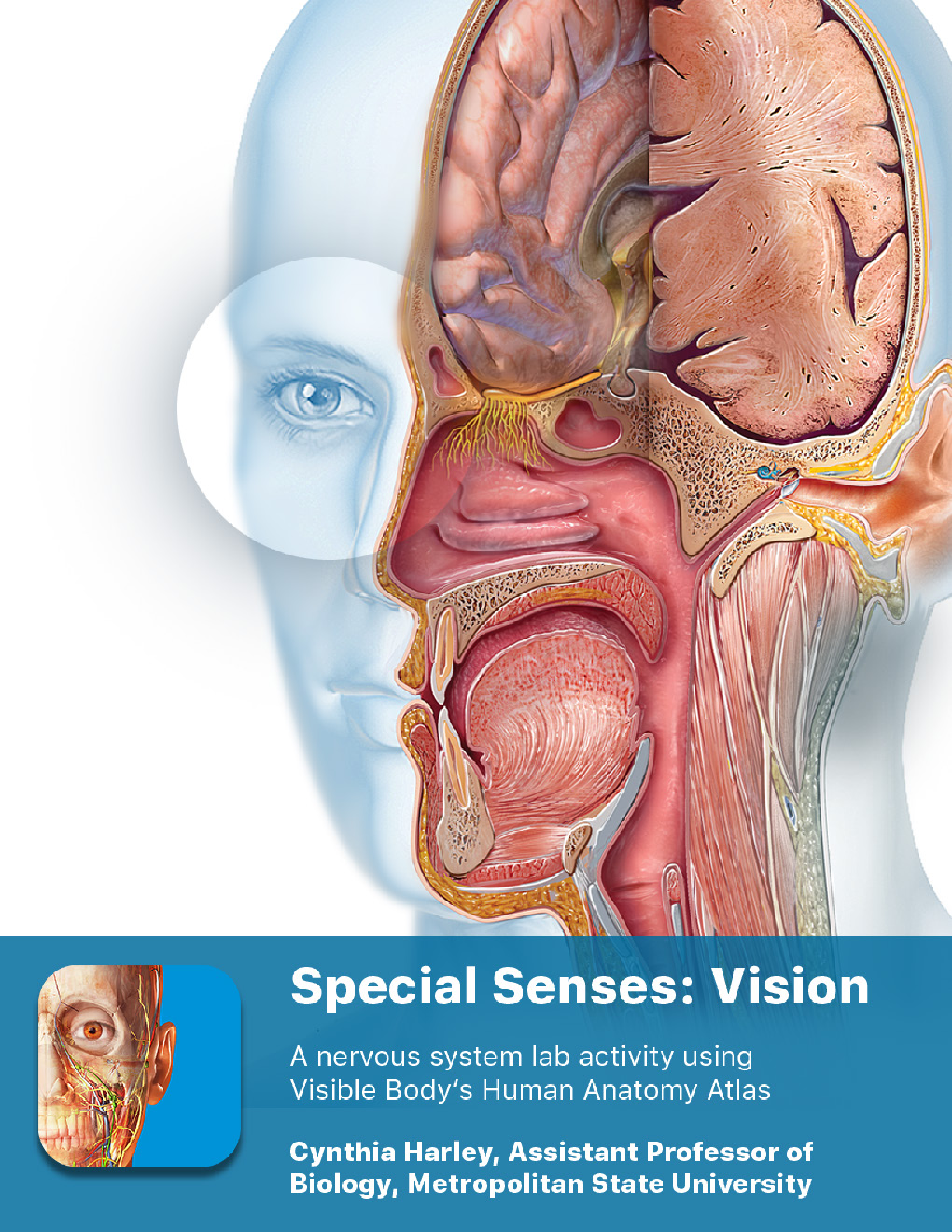
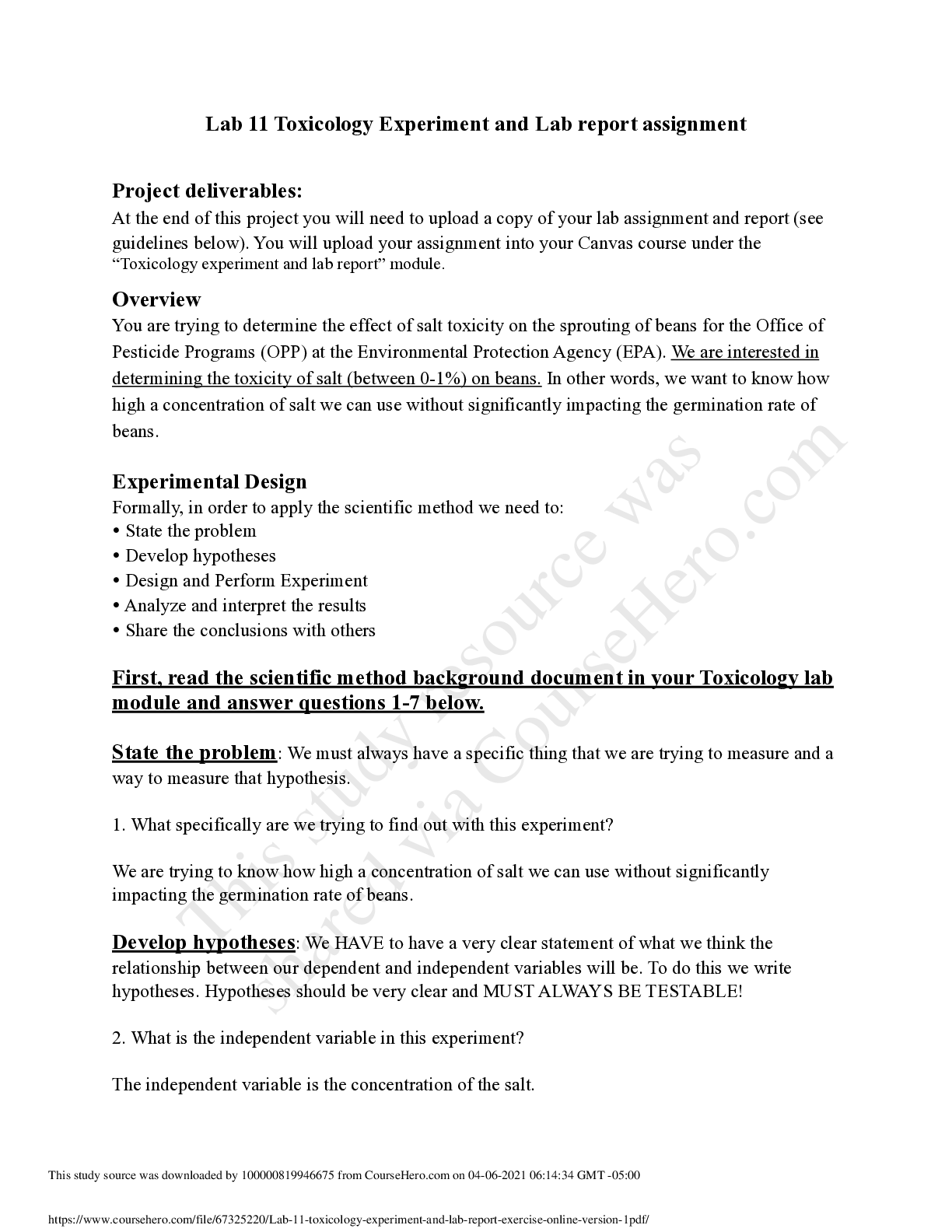

 (1).png)
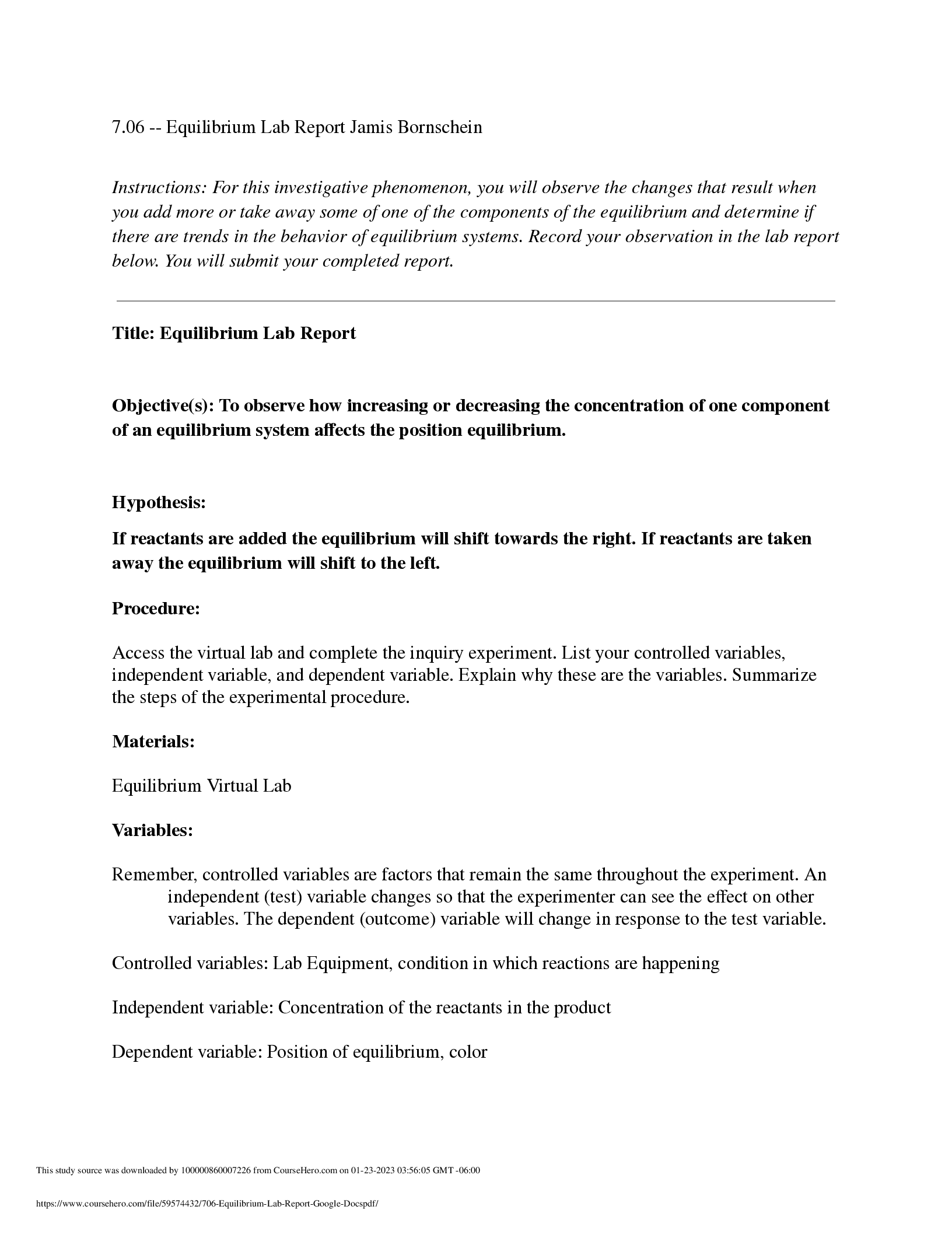
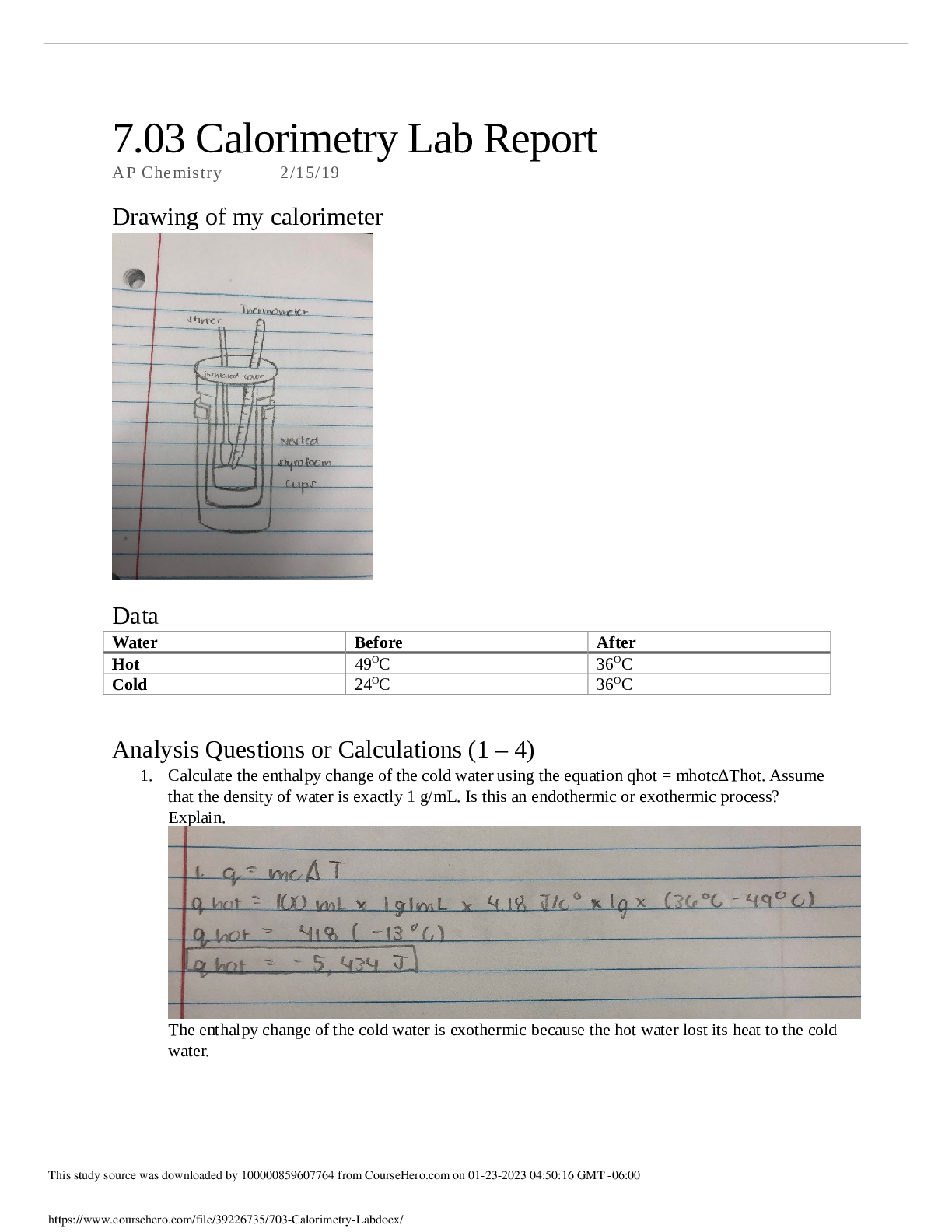


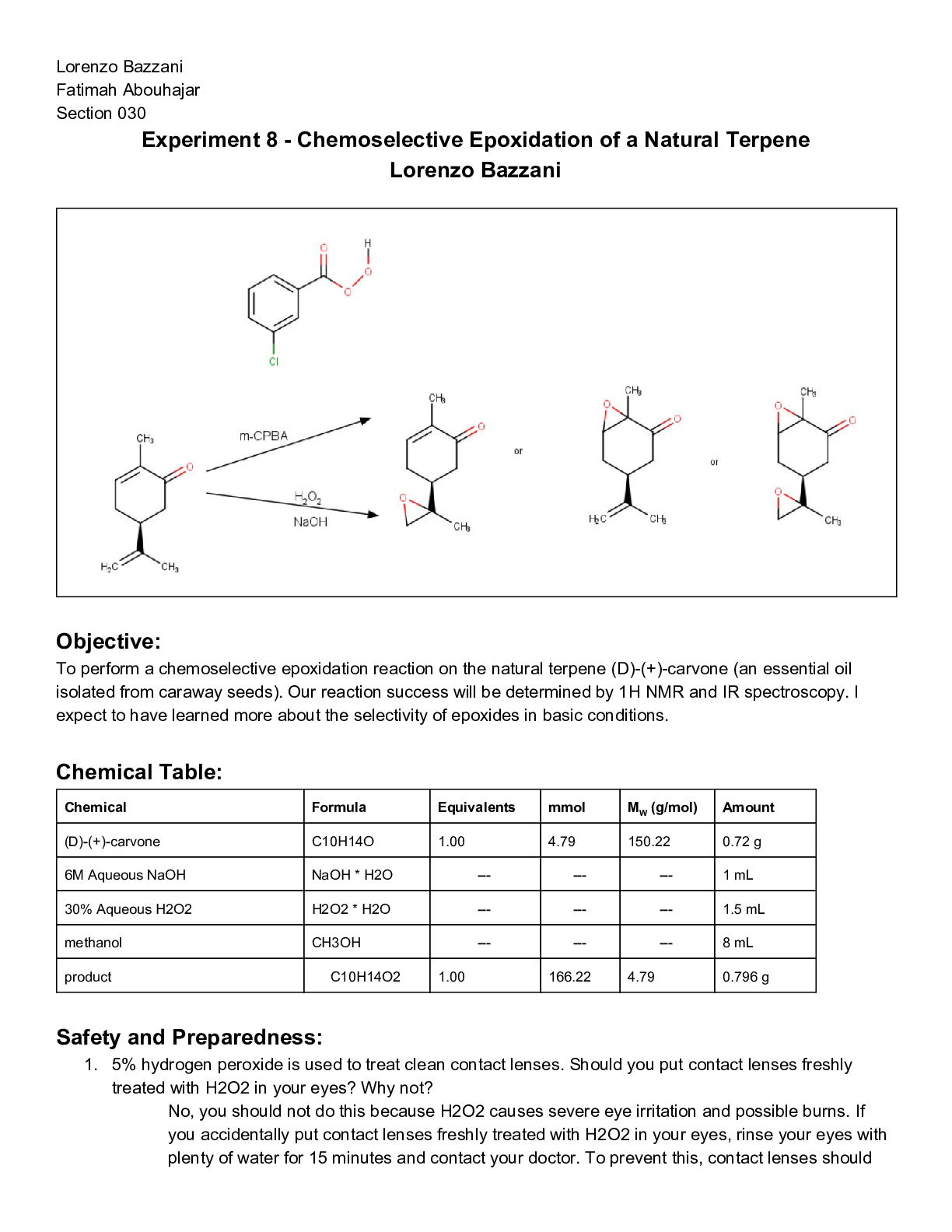


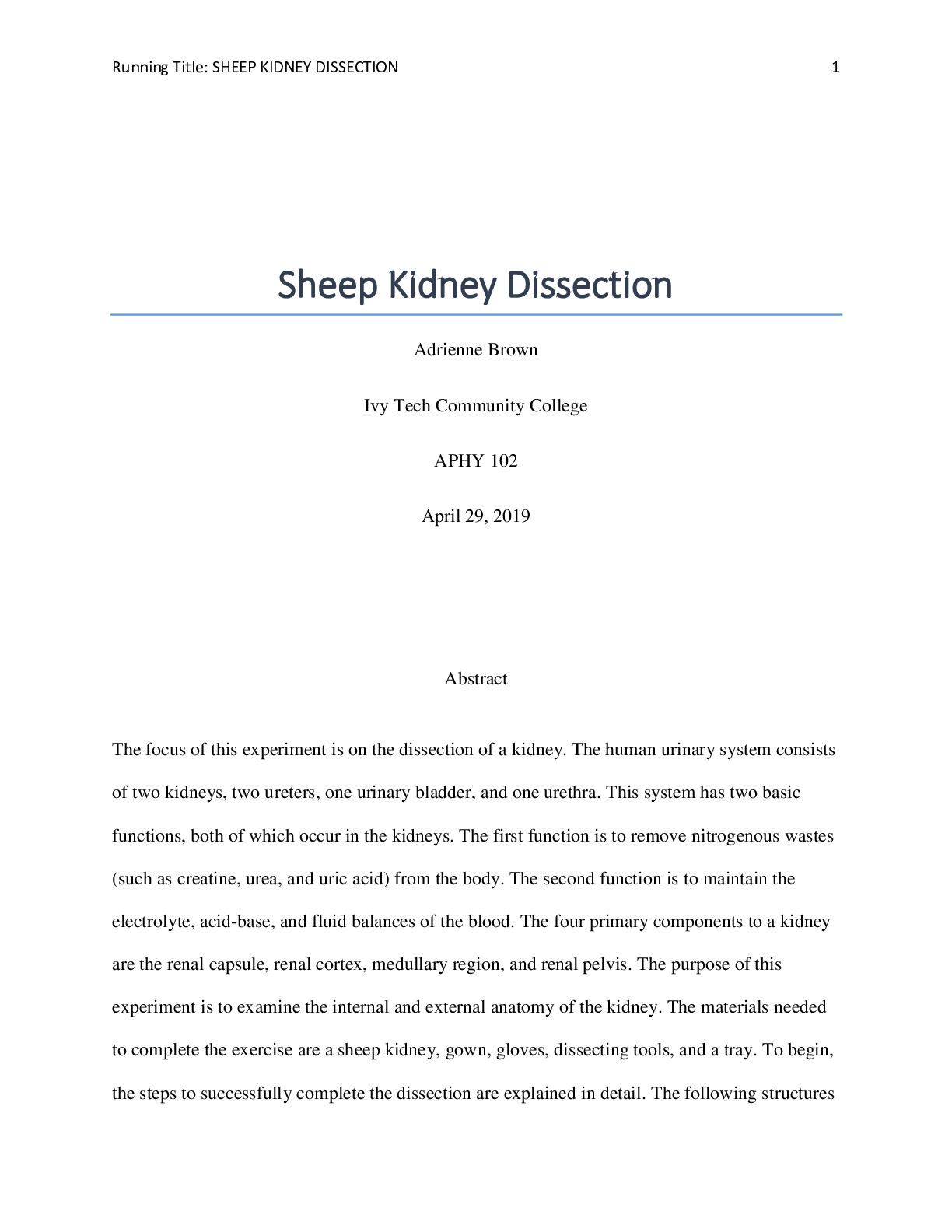
.png)
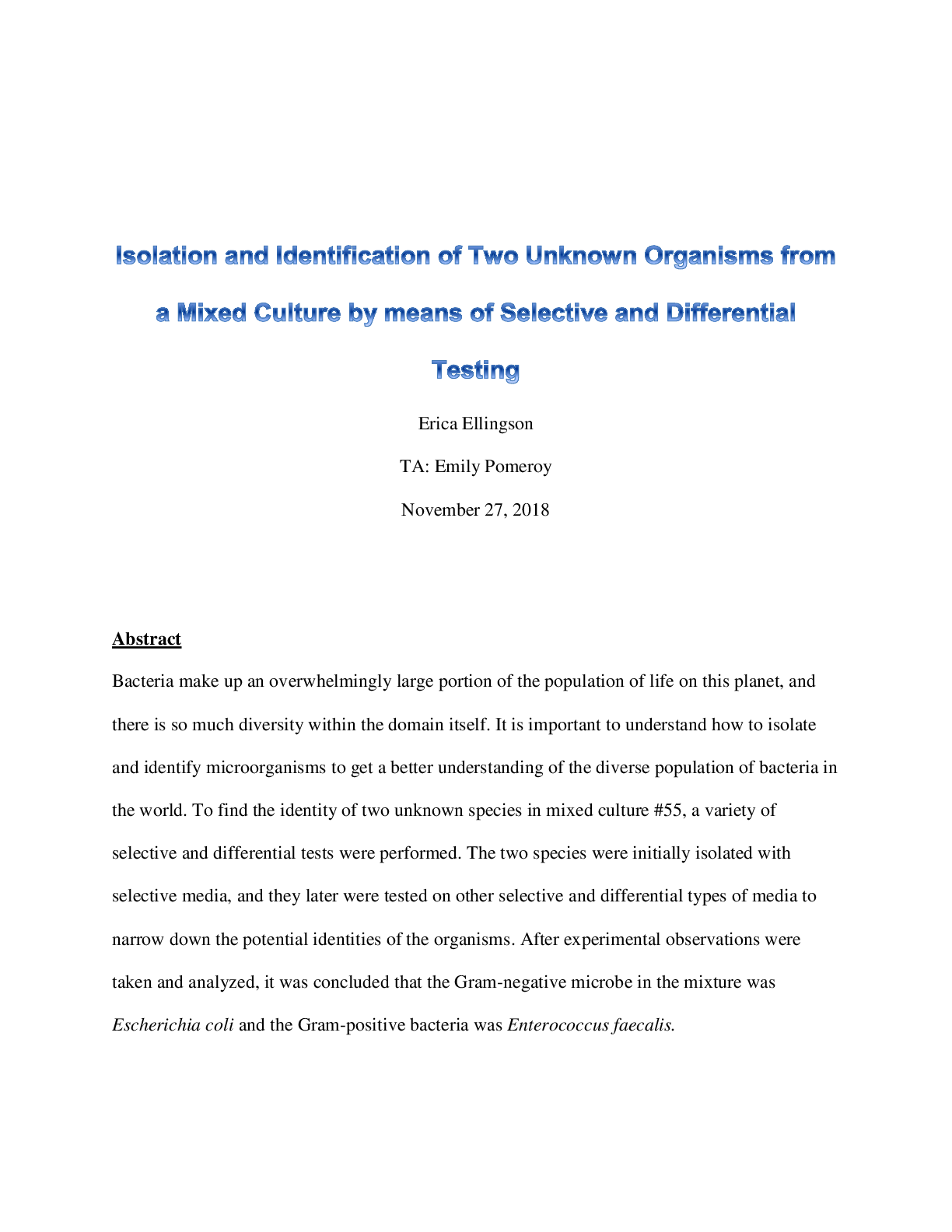


.png)
.png)
